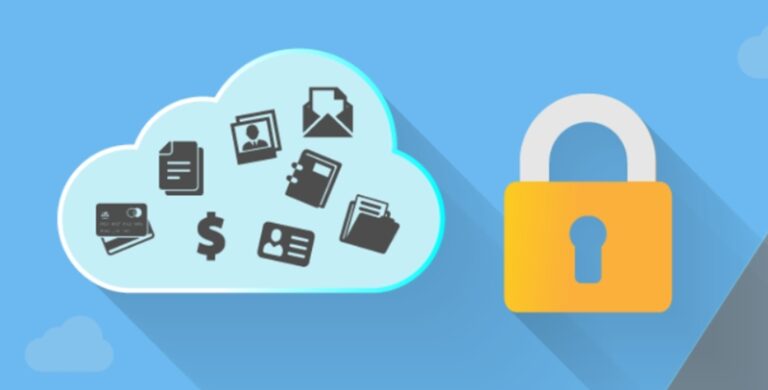Cloud Deployment Models and Cloud Computing Platforms
Organizations continue to build new apps on the cloud or move current applications to the cloud. A company that adopts cloud technologies and/or selects cloud service providers (CSPs) and services or applications without first thoroughly understanding the hazards associated exposes itself to a slew of commercial, economic, technological, regulatory, and compliance hazards. In this blog, we will learn about the hazards of application deployment, Cloud Deployment, Deployment in Cloud Computing, and Cloud deployment models in cloud computing.

What is Cloud Deployment?#
Cloud computing is a network access model that enables ubiquitous, convenient, on-demand network access to a shared pool of configurable computing resources (e.g., networks, servers, storage, applications, and services) that can be rapidly provisioned and released with minimal management effort or interaction from service providers [(Moravcik, Segec and Kontsek, 2018)].
Essential Characteristics:#
- On-demand self-service
- Broad network access
- Resource pooling
- Rapid elasticity
- Measured service
Service Models:#
- Software as a service (SaaS)
- Platform as a service (PaaS)
- Infrastructure as a service (IaaS)
Deployment Models:#
- Private Cloud
- Community cloud
- Public cloud
- Hybrid cloud
Hazards of Application Deployment on Clouds#
At a high level, cloud environments face the same hazards as traditional data centre settings; the threat landscape is the same. That is, deployment in cloud computing runs software, and software contains weaknesses that attackers aim to exploit.

1. Consumers now have less visibility and control.
When businesses move assets/operations to the cloud, they lose visibility and control over those assets/operations. When leveraging external cloud services, the CSP assumes responsibility for some rules and infrastructure in Cloud Deployment.
2. On-Demand Self-Service Makes Unauthorized Use Easier.
CSPs make it very simple to add Cloud deployment models in cloud computing. The cloud's on-demand self-service provisioning features enable an organization's people to deploy extra services from the agency's CSP without requiring IT approval. Shadow IT is the practice of employing software in an organisation that is not supported by the organization's IT department.
3. Management APIs that are accessible through the internet may be compromised.
Customers employ application programming interfaces (APIs) exposed by CSPs to control and interact with cloud services (also known as the management plane). These APIs are used by businesses to provide, manage, choreograph, and monitor their assets and people. CSP APIs, unlike management APIs for on-premises computing, are available through the Internet, making them more vulnerable to manipulation.
4. The separation of several tenants fails.
Exploiting system and software vulnerabilities in a CSP's infrastructure, platforms, or applications that allow multi-tenancy might fail to keep tenants separate. An attacker can use this failure to obtain access from one organization's resource to another user's or organization's assets or data.
5. Incomplete data deletion
Data deletion threats emerge because consumers have little insight into where their data is physically housed in the cloud and a limited capacity to verify the secure erasure of their data. This risk is significant since the data is dispersed across several storage devices inside the CSP's infrastructure in a multi-tenancy scenario.
6. Credentials have been stolen.
If an attacker acquires access to a user's cloud credentials, the attacker can utilise the CSP's services such as deployment in cloud computing to provide new resources (if the credentials allow provisioning) and target the organization's assets. An attacker who obtains a CSP administrator's cloud credentials may be able to use them to gain access to the agency's systems and data.
7. Moving to another CSP is complicated by vendor lock-in.
When a company contemplates shifting its deployment in cloud computing from one CSP to another, vendor lock-in becomes a concern. Because of variables such as non-standard data formats, non-standard APIs, and dependency on one CSP's proprietary tools and unique APIs, the company realises that the cost/effort/schedule time required for the transition is substantially more than previously estimated.
8. Increased complexity puts a strain on IT staff.
The transition to the cloud can complicate IT operations. To manage, integrate, and operate in Cloud deployment models in cloud computing, the agency's existing IT employees may need to learn a new paradigm. In addition to their present duties for on-premises IT, IT employees must have the ability and skill level to manage, integrate, and sustain the transfer of assets and data to the cloud.

Conclusion
It is critical to note that CSPs employ a shared responsibility security approach. Some features of security are accepted by the CSP. Other security concerns are shared by the CSP and the consumer. Finally, certain aspects of security remain solely the consumer's responsibility. Effective Cloud deployment models in cloud computing and cloud security are dependent on understanding and fulfilling all customs duties. The inability of consumers to understand or satisfy their duties is a major source of security issues in Cloud Deployment.